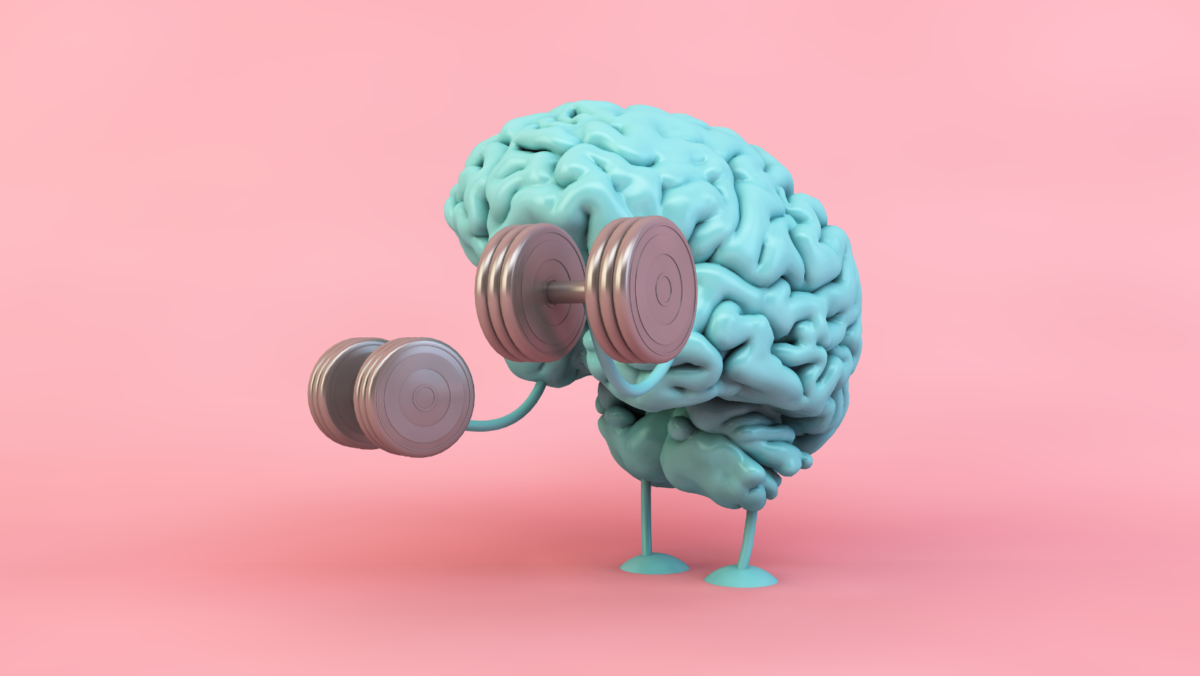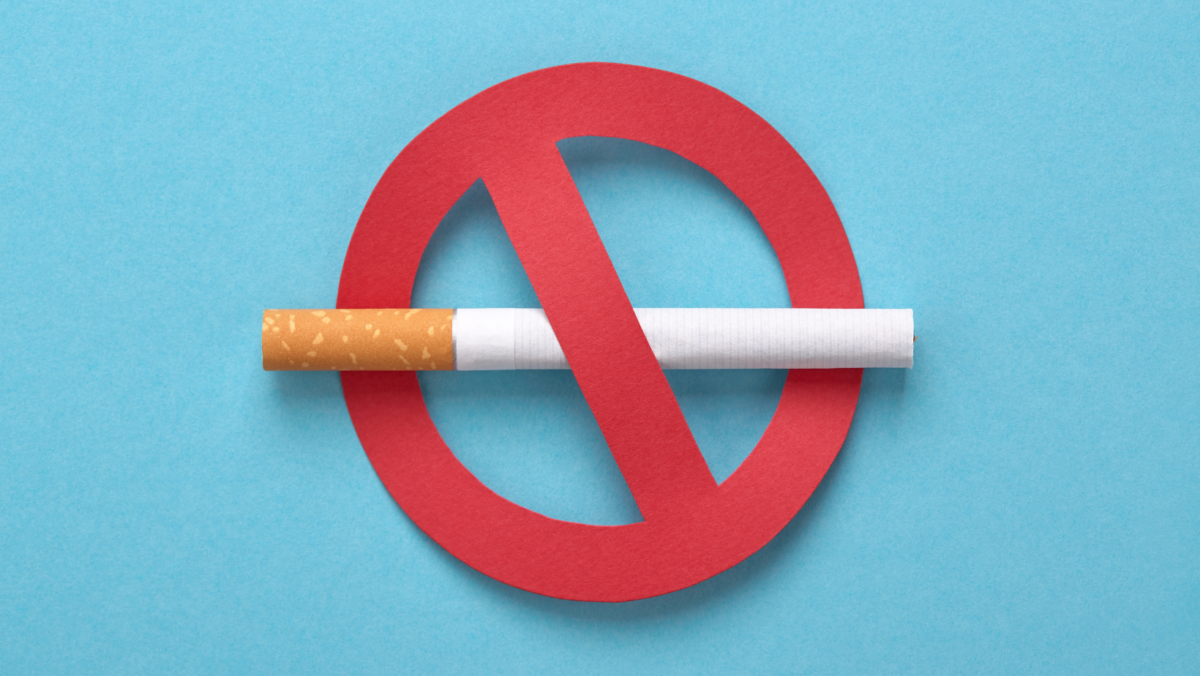Last week I posted a blog on Strategic Thinking and Habit Change. In this blog, I looked at how an imaginary person, Aoife, could apply Strategic Thinking to support her to grow and change.
This concept is particularly relevant to us here at Adaptas because in Oct 2021, Adaptas launched the Skills for Growth programme. Designed to develop self-leadership through habit change, this programme was built from Celine’s books Our Learning Brain and Developing Learning Habits. Check it out HERE, to find out more or register for the next programme kicking off January 2022.
Read on to discover the second part of how becoming more strategic is the key to leading yourself to successful change.
Strategic Planning and Habit Change:
Last week after thinking strategically about her situation, Aoife decided she wanted to work on the following three steps:
- Implementing better planning and distraction management through trying a time-boxed scheduling approach.
- Building clearer and stronger boundaries between work and personal life.
- Carving out and protecting sixty minutes of personal time each week to re-charge and ground herself.
Now that Aoife has a clearer picture of what she wants to change, she needs to pull from strategic planning to figure out how to implement this change.
Strategic Planning is about translating vision into defined goals, objectives, and a sequence of steps describing how to achieve them. It requires organising, prioritising, focusing, detailing, implementing, charts, timetables, task lists and lots more. Without Strategic Thinking, we risk wasting all the energy of strategic planning because we aren’t channeling it into a specific enough goal. Strategic Planning helps us take action through the inevitable discomfort of habit change by defining a clear set of steps, behaviours, and tasks that will move us closer to vision created by strategic thinking.
As Aoife applies Strategic Planning to her habit change goals she will need to consider the following:
What specifically does she need to do?
-
Learn about time boxed scheduling (interested? Check it out here) and begin practicing this time management approach.
-
Discuss boundaries with relevant people in her work and personal life and determine some small changes that will strengthen these boundaries.
-
Identify her 60 minutes per week of personal time and schedule that for herself.
-
Consider what might block her from following through on all of these steps (i.e. fear of speaking to her manager about work/life boundaries) and devise a strategy to support herself to handle these obstacles (i.e. taking time to center herself before her conversation and remind herself why this change matters to her.)
How will she stay committed to the process, even when it’s not going well?
-
By reminding herself of the deeper values and purpose that are driving her decision to change.
How will she challenge the old limiting stories that are likely to pop back up?
-
First by recognising the old limiting story for what it is, a false narrative that is holding her back from change. “There is never enough time, I can’t manage this, I am failing in all areas of my life, it’s impossible.”
-
Then choosing to focus on a new narrative instead. “There is enough time. I have the ability to make changes that will change my life. I am in control of managing myself. Improvement is possible.”
How will she track and refine her progress as she goes?
-
Aoife could choose to implement a weekly progress check by doing a 10 minute review and refine on her progress. This means she takes 10 minutes weekly to look back over the previous seven days and note what went well, and what didn’t. Then, she can tweak her strategic approach for the following week based on this information.
How will she know she has been successful?
-
It will be important for Aoife to clearly define what success will look like for herself, so that she can recognise when she reaches it. It could be when she is able to end the majority of her days with a sense of calm and optimism, or when she manages to achieve her 60 minutes of personal time in 3 out of 4 weeks. We get to choose what success looks like to us, but unless we define it, we risk not noticing our own progress.
We need BOTH.
Ultimately, strategic thinking and strategic planning need to happen to be successful in habit change. Using one without the other will leave us spinning our wheels. To create real and lasting change we need to gain clarity through open minded, expansive thinking and then translate that vision into tangible actions.
If Aoife implements strategic planning she will identify when and how she will start to build a time-boxed schedule, when she is going to start conversations with colleagues about building better communication boundaries, and she will start experimenting with carving out 60 minutes a week for herself. She will speak to her partner and children about what she is doing and why it’s important to her. She will schedule in some time at the end of every week to look back and check in on her progress so that she can learn from what worked and what didn’t.
At times, she might pause and step back into more strategic thinking as a way of refining her goals further and building on her success.
By Annika McGivern, Learning Programme Designer and Facilitator
Find out more about Annika here.
Are you using strategic thinking and planning to support you in making the change you want to make to reach your goals?
In Skills for Growth, a ten-week programme on self-leadership and habit change, Celine and Annika work directly with you to implement both in your growth process. supports you to learn how to apply both to your personal habit change process. Find out more here!


 The Cue is the trigger that initiates the behaviour. For Jim, this was sitting down to watch TV. When Jim switched on the TV he became accustomed to reaching for a drink. Jim’s awareness of his trigger was an essential first step that allowed him to take action in changing the routine.
The Cue is the trigger that initiates the behaviour. For Jim, this was sitting down to watch TV. When Jim switched on the TV he became accustomed to reaching for a drink. Jim’s awareness of his trigger was an essential first step that allowed him to take action in changing the routine.  June’s cue was feeling overwhelmed by her work. Scrolling through her phone placated the stress she experienced, albeit temporarily. She realised that all she was doing was procrastinating and prolonging the inevitable, which led to her becoming more stressed than she was initially. Once she became aware of her habit loop, it became clear what action was necessary to break the cycle.
June’s cue was feeling overwhelmed by her work. Scrolling through her phone placated the stress she experienced, albeit temporarily. She realised that all she was doing was procrastinating and prolonging the inevitable, which led to her becoming more stressed than she was initially. Once she became aware of her habit loop, it became clear what action was necessary to break the cycle.  We must realise that we can always make a choice to change our habits. Garnering awareness around them is the key to cultivating change. Getting curious, asking yourself why you practice the bad habit you wish to break, getting clear on your cues and rewards and discovering your reasons ‘WHY’ you wish to stop will help you in realising your true potential.
We must realise that we can always make a choice to change our habits. Garnering awareness around them is the key to cultivating change. Getting curious, asking yourself why you practice the bad habit you wish to break, getting clear on your cues and rewards and discovering your reasons ‘WHY’ you wish to stop will help you in realising your true potential. 







